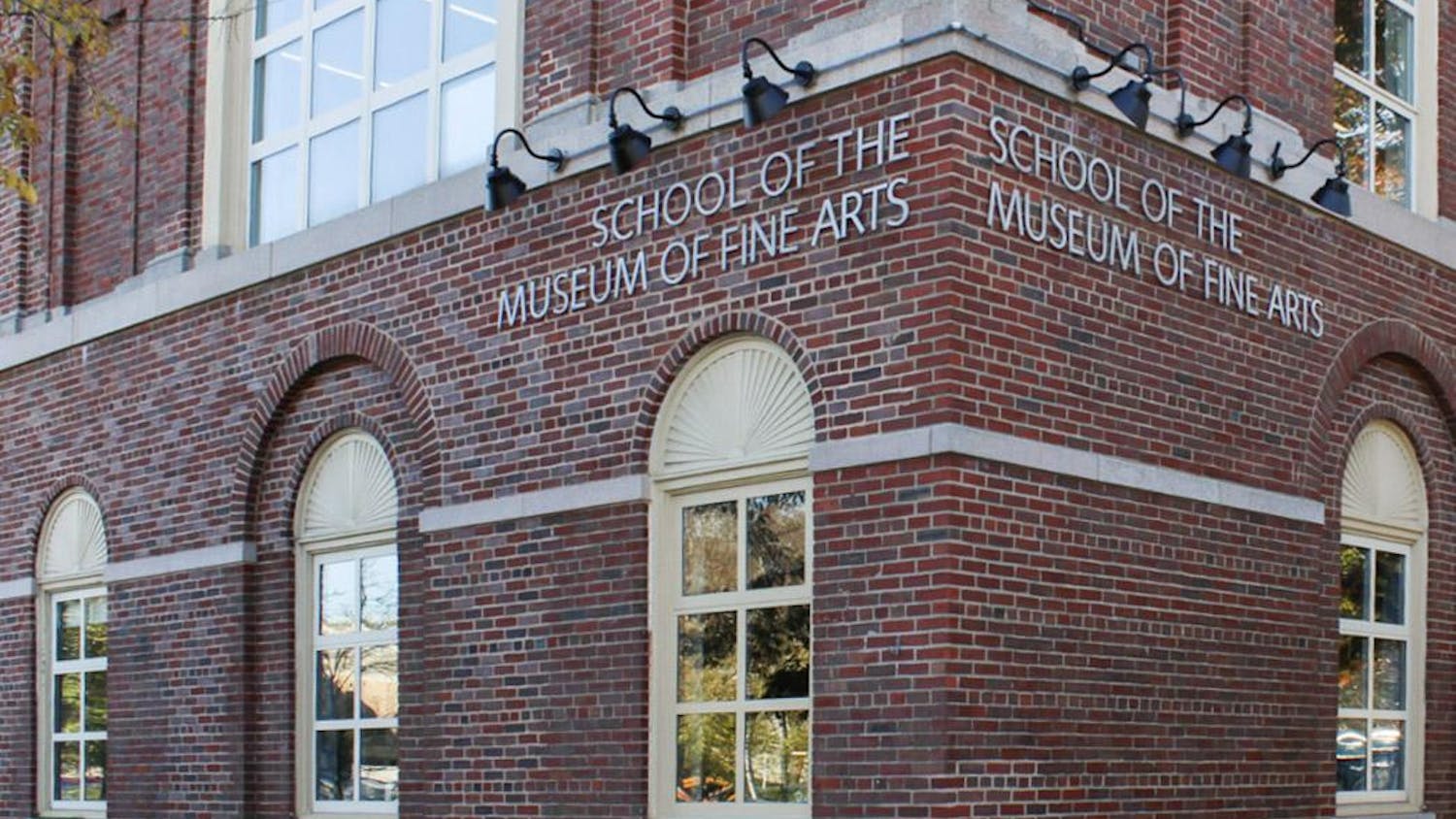The Community Assessment of Freeway Exposure and Health (CAFEH) Study released a report on March 4 titled "Improving the Health of Near-Highway Communities" which "seeks to enact positive changes at the community level and disseminate research results regionally, starting with near-highway locations in the Boston area," according to the project.
The CAFEH Study is the umbrella name for five interconnected community-based participatory research studies focusing on air pollution near highways.
The report is part of a series of studies that focuses on near-highway ultrafine particles and their health effects on communities, according to Doug Brugge, professor of public health and community medicine at Tufts University School of Medicine. He explained that these studies have been going on for about seven or eight years.
"We have some evidence now that, in fact, exposure to these ultrafine particles is associated with increased cardiovascular disease risk," Brugge said. "We also know from the literature that there is some other evidence that supports [these findings]."
The goal of the studies is ultimately to put the research gathered into use, Brugge added.
"Because we are a community-based participatory research project … we are highly motivated to not just publish the research we did but to also translate it into action and into responses that address the problem," he said. He explained that while the report summarizes the research conducted up to this point, the real focus of the CAFEH project is to use the research and knowledge learned from the studies to create policies and practices that improve near-highway community health.
In May 2014, a charrette-style meeting was held with 30 to 35 architects, urban planners, researchers, policymakers and community members present, according to Brugge. The charrette focused on two sites in Somerville and Chinatown that were chosen because of their proximity to the highway and because of the fact that both locations have recently seen proposals for new community projects: one that focuses on housing in Somerville and one on a school in Chinatown.
"We educated [charrette attendees] first about what we knew about [near-highway ultrafine particle exposure] and also what we knew about possible tactics to address those problems -- things like ventilation of buildings, sound walls near highways and placement of buildings father away from the highway rather than closer," Brugge said. "Then we asked them to use those tactics to come up with a design for each of those locations that would be more protective."
According to Brugge, developers and architects working on the sites in Somerville and Chinatown have been highly responsive to and supportive of the study's findings and have taken the findings into consideration for their building projects.
"We're beginning to spread the word and raise awareness about this issue and engage more people in realizing that it's a problem that needs to be addressed and having them actually incorporate that knowledge into what they do," he said.
According to Wig Zamore, a participant in the charrette and founder of the Mystic View Task Force and Somerville Transportation Equity Partnership -- both of which are Somerville grassroots groups focused on community development and environmental health -- pilot studies on highway pollution characteristics had previously been conducted before the CAFEH report.
Zamore explained that these pilot studies, however, were small and that he wanted to expand their scope by collaborating with Brugge and Tufts.
"We brought many of the primary design study ideas to Tufts with us, which is a little bit unusual for grassroots groups," he said.
Zamore said that although he knew where he wanted the research to go, his groups did not have the capacity to continue without the support of an institution like Tufts.
"We had done enough research into the literature … to know where we wanted to head with the research, but we certainly didn't have the academic capacity [to do it ourselves]," he said. "Tufts … has histories of doing research that is community-based and participatory and also [of] doing research in communities in which Tufts has campuses."
According to John Durant, another participant in the charrette and an associate professor of civil and environmental engineering, the degree of community interest and involvement in the project has been satisfactory. The report focuses on the translation of science into action, he noted.
Zamore also emphasized a desire to see the findings integrated into real-world applications.
"We started with a concern about the evolution of the community in Somerville and other communities that are similarly situated [at] the intersection of community development and environmental health," he said. "We did formal environmental health research with [Brugge] and [Durant] and everybody else at Tufts and our other community partners, but now we're coming back to the physical design side of the community to try to integrate the findings of the environmental health studies into better practices on the ground."
Study releases report on health of communities near highways






